Creating Optimal Sensory Environments for Children with Autism
Understanding Sensory Needs in Autism-Friendly Educational Settings
Autism spectrum disorder presents unique sensory processing challenges that can affect participation and learning in classroom environments. Establishing sensory-friendly learning spaces tailored to these needs is crucial for fostering engagement, reducing anxiety, and promoting positive behavioral outcomes in autistic students. This article explores evidence-based sensory resources and practices, alongside behavioral therapies like Applied Behavior Analysis (ABA), to create supportive educational settings that enable success and comfort for children with autism.
The Foundations of Applied Behavior Analysis (ABA) Therapy
What is applied behavior analysis (ABA) therapy?
Applied Behavior Analysis (ABA) therapy is a science-based, personalized approach that uses learning theory principles, mainly operant conditioning, to improve behaviors. The therapy focuses on increasing beneficial behaviors like communication and social skills while reducing harmful ones by using positive reinforcement techniques. ABA methods include discrete trial training (DTT), pivotal response treatment (PRT), and naturalistic strategies such as the Early Start Denver Model (ESDM). These methods are applied across various settings such as home, school, and community environments.
Methods and settings for ABA implementation
ABA therapy is implemented through individual treatment plans tailored to each child's needs. Treatment occurs in multiple environments to promote generalization of skills. Techniques like discrete trial training focus on structured learning, while naturalistic approaches encourage skill growth during everyday activities.
Who provides ABA therapy and what qualifications do they have?
ABA therapy is delivered by licensed professionals trained in behavior analysis. Board Certified Behavior Analysts (BCBAs) lead the design and supervision of treatment plans, ensuring customized interventions based on thorough behavioral assessments. Board Certified Assistant Behavior Analysts (BCaBAs) support BCBAs by supervising Registered Behavior Technicians (RBTs), who carry out hands-on therapy sessions and data collection. All these professionals hold specialized certifications that guarantee evidence-based, high-quality care.
Together, ABA therapy providers form an expert team dedicated to helping children with autism and related challenges develop essential skills and manage behaviors effectively.
How ABA Therapy Supports Learning and Self-Regulation in Autism
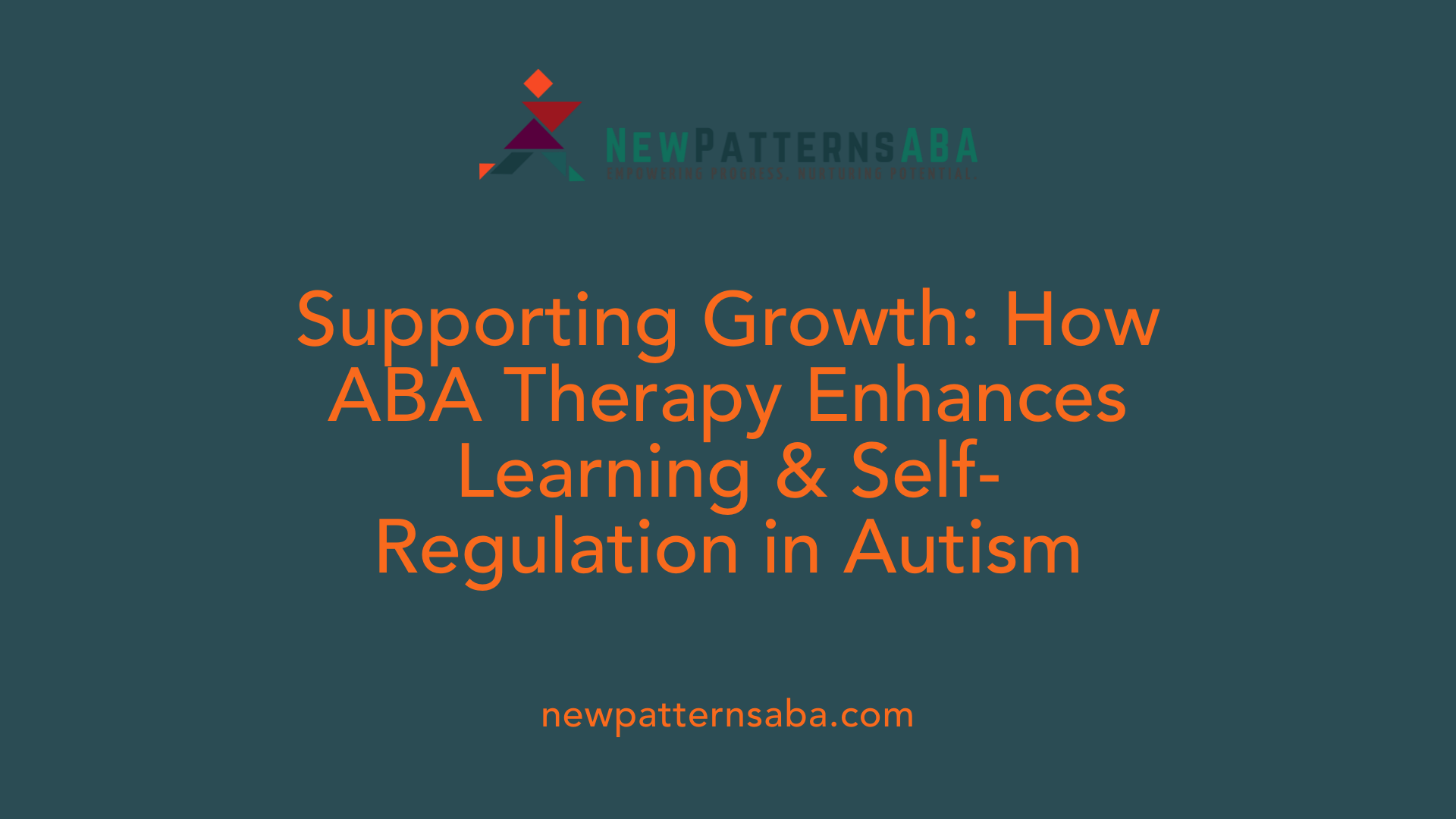
How does ABA therapy help individuals with autism?
ABA (Applied Behavior Analysis) therapy supports individuals with autism by teaching new skills and reducing challenging behaviors through proven techniques like positive reinforcement. These structured, individualized programs, guided by certified professionals, focus on important developmental areas such as communication, social interaction, daily living, and independence.
ABA effectiveness for skill development
Evidence shows that early and intensive ABA therapy can significantly improve cognitive abilities, language, and social skills. Techniques such as discrete trial training and natural environment teaching make learning meaningful and generalizable, helping children use skills in real-life situations.
Behavioral improvements and self-regulation
ABA therapy also emphasizes teaching self-regulation skills by helping children recognize and manage impulses and emotions. Visual cues, movement breaks, and positive reinforcement are commonly used to encourage coping strategies for sensory overload and other challenges.
Integration with sensory strategies
Sensory-friendly spaces and sensory tools complement ABA by providing environments that reduce stress and improve comfort. These settings enhance the effectiveness of ABA therapy, enabling autistic individuals to focus better, engage fully, and practice self-regulation skills in supportive contexts. Together, ABA and sensory strategies create a comprehensive approach that promotes learning, independence, and well-being for children with autism.
ABA Therapy Process: Personalized and Data-Driven
What is the typical process involved in providing ABA therapy?
The process of Applied Behavior Analysis (ABA) therapy starts with a thorough assessment by a Board Certified Behavior Analyst (BCBA). This evaluation helps identify an individual's strengths, needs, and interests, forming the foundation for a personalized treatment plan.
Assessment and individualized goals
Following the assessment, the therapist creates specific, measurable goals tailored to the individual's communication, social skills, and daily living abilities. These goals ensure therapy is focused on areas that will have the most positive impact.
Consistent therapy sessions and techniques
ABA therapy consists of regular, structured sessions where evidence-based methods like positive reinforcement, prompting, and behavior chaining are used. These techniques encourage positive behaviors while teaching new skills in real-world settings such as home, school, or community environments.
Ongoing monitoring and adjustment
Therapists continuously collect data during sessions to track progress. Regular reviews allow for adjustments in strategies and goals, ensuring the therapy remains effective and responsive to the individual's evolving needs.
This personalized and data-driven approach makes ABA therapy a flexible and scientifically grounded method to support individuals in achieving meaningful behavioural and developmental improvements.
Broad Behavioral Applications of ABA Beyond Autism
What types of behavioral issues can ABA therapy address beyond autism?
Applied Behavior Analysis (ABA) therapy extends its benefits well beyond autism spectrum disorder. It is widely used in treating various developmental and behavioral disorders. These include developmental delays, intellectual disabilities, ADHD, and behavioral disorders. Additionally, ABA techniques are effective in managing anxiety-related behaviors, obsessive-compulsive disorder (OCD), and eating disorders by promoting adaptive behaviors and reducing harmful or disruptive behaviors.
ABA utilizes a personalized approach tailored to each individual's needs. The therapy can be implemented across diverse settings such as homes, schools, and the community, ensuring consistent support.
Techniques applied to different challenges
Central to ABA are strategies like positive reinforcement, systematic behavior analysis, and naturalistic interventions. These techniques are adapted depending on the specific behavioral issue, aiming to increase desirable actions while decreasing maladaptive behaviors. ABA interventions often focus on enhancing social skills, improving communication, bolstering attention, and fostering emotional regulation.
Benefits for emotional regulation and social skills
ABA is particularly effective in helping individuals develop emotional regulation by teaching coping strategies and self-management skills. By reinforcing positive behaviors and providing clear expectations, it supports individuals in managing impulses and stress. The structured nature of ABA also bolsters social skills, enabling better interactions and relationships. Overall, ABA improves functional independence and quality of life for people facing a range of developmental and behavioral challenges.
Empowering Autistic Children Through Sensory Control in Learning Environments
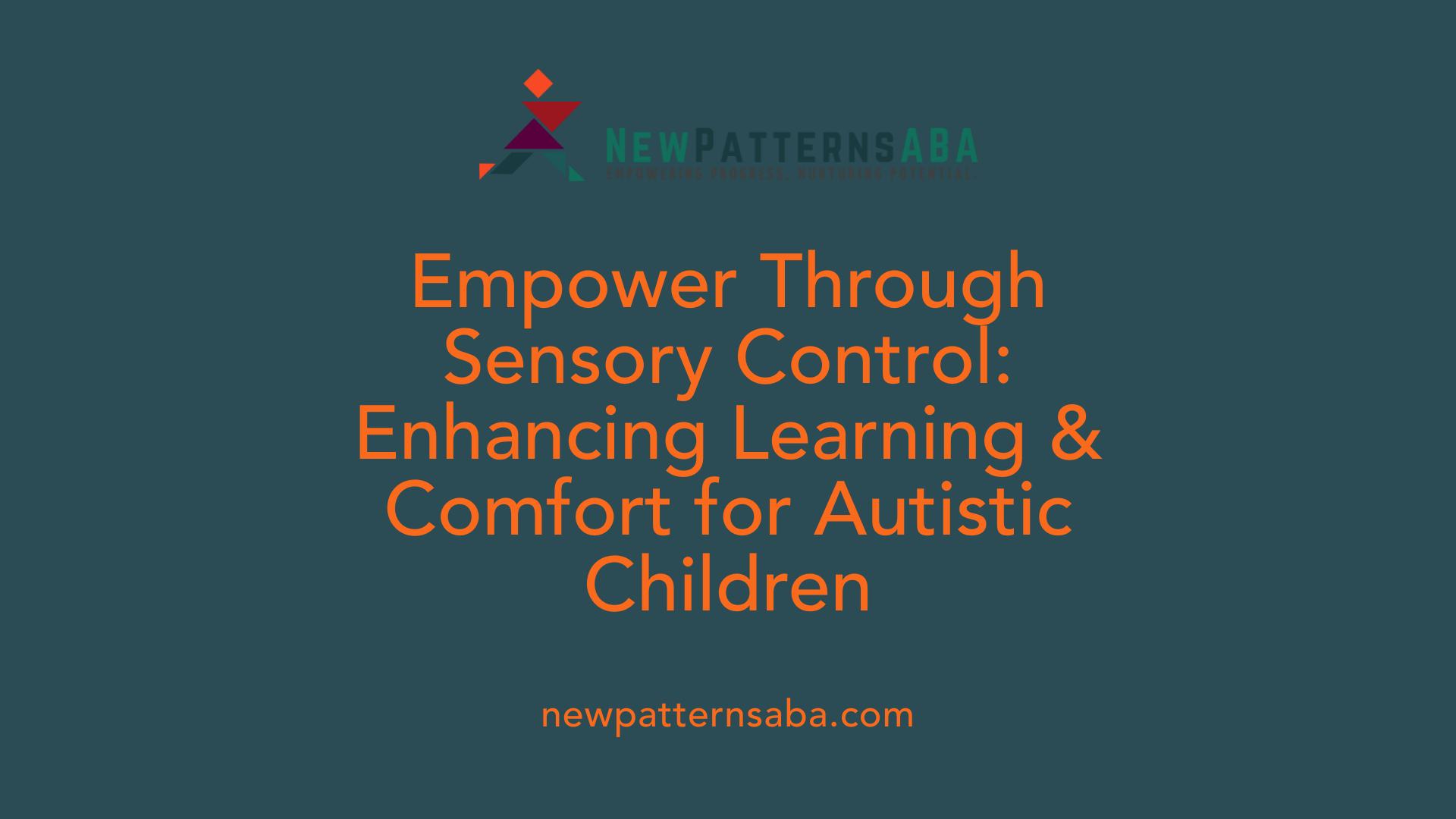
What Are Multi-Sensory Environments and How Do They Benefit Autistic Children?
Multi-Sensory Environments (MSEs), often called Snoezelen rooms, are specially designed spaces equipped with technology and materials to tailor sensory input. These environments allow autistic children to experience sensations at their preferred intensity and type. By providing a controlled atmosphere, MSEs help meet sensory needs and promote comfort, making learning more accessible and enjoyable.
How Does Sensory Control Help Reduce Repetitive and Stereotyped Behaviors?
Research involving 41 autistic children aged 4 to 12 demonstrated that when children can control sensory equipment, repetitive motor behaviors, sensory-seeking actions, stereotyped speech, and vocalizations decrease. Allowing choice over sensory stimuli increases environmental predictability and diminishes sensory overload, contributing to calming effects and reduction in disruptive behaviors.
Can Sensory Control Improve Attention in Children with Autism?
Yes. The same study showed that providing autistic children autonomy over their sensory environment led to heightened attention levels. When sensory inputs match a child's comfort zone, they are better able to focus on tasks and engage with their surroundings, enhancing learning and interaction.
| Aspect | Description | Impact on Autistic Children |
|---|---|---|
| Multi-Sensory Environments | Spaces with adaptable sensory stimuli | Increased comfort and sensory satisfaction |
| Control Over Sensory Input | Allowing children to adjust lights, sounds, textures | Reduces repetitive and stereotyped behaviors |
| Attention Enhancement | Matching sensory input to individual needs | Improves focus and task engagement |
By empowering autistic children to regulate their sensory experiences, MSEs support healthier behavioral patterns and better learning outcomes.
Designing Sensory-Friendly Classrooms: Key Strategies and Tools
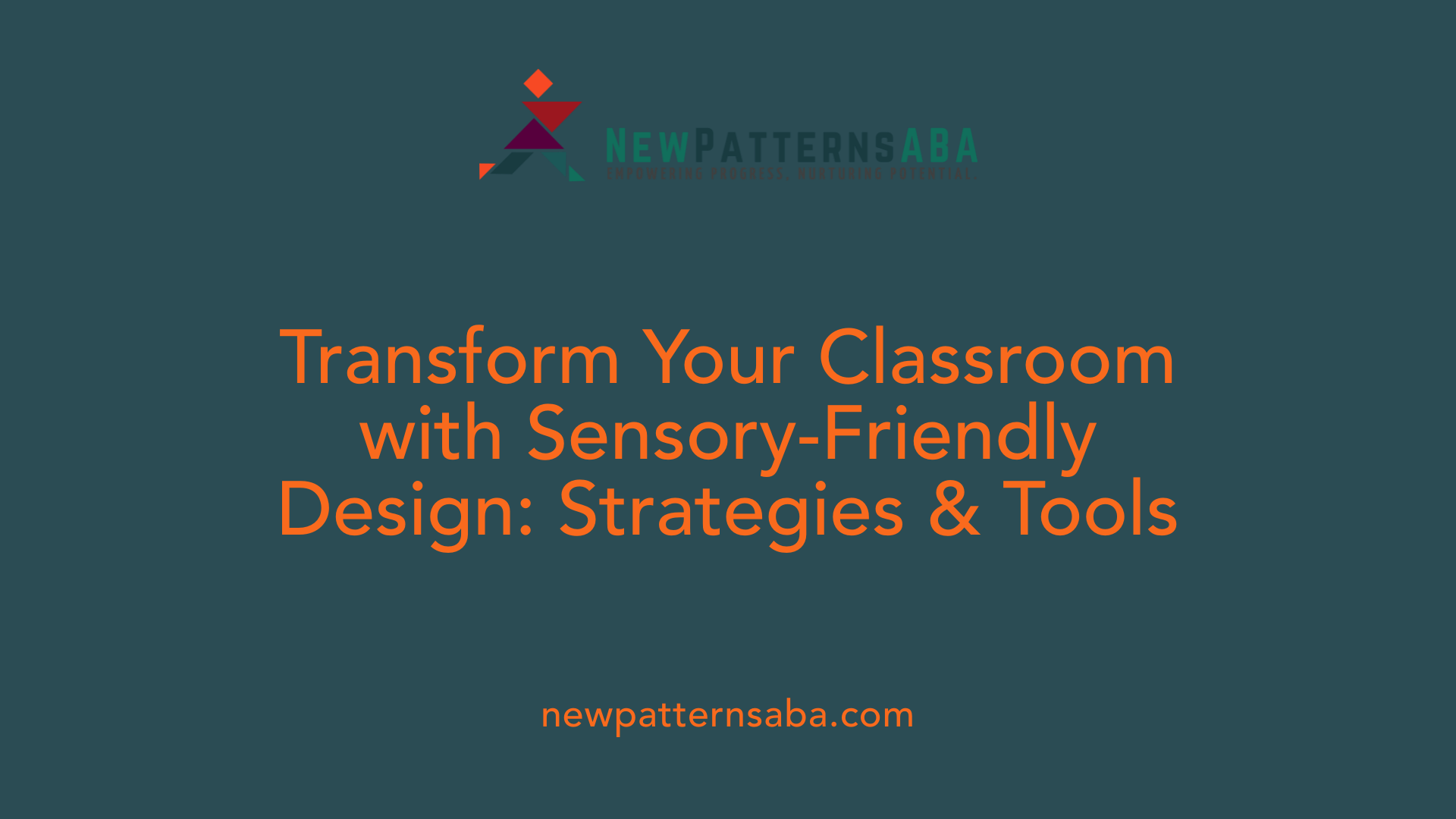
Room layout and flexible seating
Creating an effective sensory-friendly classroom begins with thoughtful room layout. Organizing spaces to reduce clutter and allow easy movement helps prevent sensory overload. Flexible seating options, such as cushions, wobble stools, or beanbags, empower students to choose what feels most comfortable, supporting self-regulation and focus.
Lighting, noise control, and quiet spaces
Adjusting lighting to minimize glare and harsh brightness is essential. Natural light or adjustable low-level lighting can create a calming atmosphere. Noise control strategies, including sound-absorbing materials and noise-canceling headphones, reduce auditory distractions. Providing quiet spaces or sensory retreats within the classroom offers students a safe area to decompress and regain composure when overwhelmed.
Incorporating sensory tools and visual supports
Sensory tools like portable fidgets, lap weights, and sensory-friendly materials cater to diverse sensory processing needs. Visual supports, such as schedules or behavior charts, enhance predictability and understanding, helping students manage transitions and routines effectively. Utilization of curricula like the Zones of Regulation assists children in recognizing and regulating their emotions and sensory states.
By integrating these strategies and tools, classrooms become supportive environments that accommodate sensory differences and promote positive learning experiences for all students.
Sensory Tools That Enhance Comfort and Focus in Autism
Use of Portable Fidgets, Lap Weights, and Headphones
Portable fidgets are small handheld tools that provide calming tactile stimulation, helping children with autism to focus and reduce anxiety. Lap weights offer deep pressure input, which can have a soothing effect and improve body awareness, making it easier for children to remain seated and attentive. Noise-canceling headphones help by blocking out overwhelming ambient sounds, thereby reducing auditory distractions and sensory overload.
Sensory-Friendly Materials and Supports
Classrooms designed to be sensory-friendly often incorporate materials that are soft, smooth, or otherwise soothing to touch, minimizing irritation and promoting comfort for students with sensory sensitivities. These materials can include specialized seating, weighted blankets, and textured items that provide tactile input aligned with the child's sensory preferences.
Visual Supports and Their Role in Regulation
Visual supports, such as schedules, signs, and cue cards, play a critical role in helping children regulate their emotions and behavior. Tools like the Zones of Regulation curriculum categorize feelings and alertness levels into four color-coded zones, aiding children in recognizing and managing their sensory experiences effectively. These supports foster independence by clarifying expectations and guiding self-regulation in various environments.
Implementing the Zones of Regulation Curriculum for Self-Regulation
Categorizing Emotions and Alertness
The Zones of Regulation curriculum is a practical tool designed to help children identify and categorize their emotions and states of alertness into four distinct zones: blue, green, yellow, and red. Each zone represents different feelings and levels of arousal—for example, the blue zone indicates low energy or sadness, while the red zone signals high alertness or intense emotions like anger. This categorization provides a clear, visual language that helps children understand and communicate their internal states effectively.
Teaching Self-Management Skills
Beyond identification, the curriculum focuses on teaching children self-management strategies tailored to each zone. By learning specific coping tools and skills, such as deep breathing for the yellow zone or seeking a quiet space during red zone moments, children gain the ability to regulate their emotions and behaviors in various settings. These techniques empower children to respond to sensory inputs and emotional triggers proactively, promoting increased independence and confidence.
Benefits for Managing Sensory Experiences
For children with sensory processing differences, especially those with autism, mastering self-regulation through the Zones of Regulation can dramatically improve their ability to handle sensory overload and transitions. The curriculum’s structured approach facilitates better emotional control and reduces distress linked to overwhelming sensory stimuli. When combined with sensory-friendly environments and sensory tools, it supports smoother engagement in learning and social activities, ultimately enhancing overall well-being and educational outcomes.
The Synergy Between ABA Therapy and Sensory-Friendly Environments
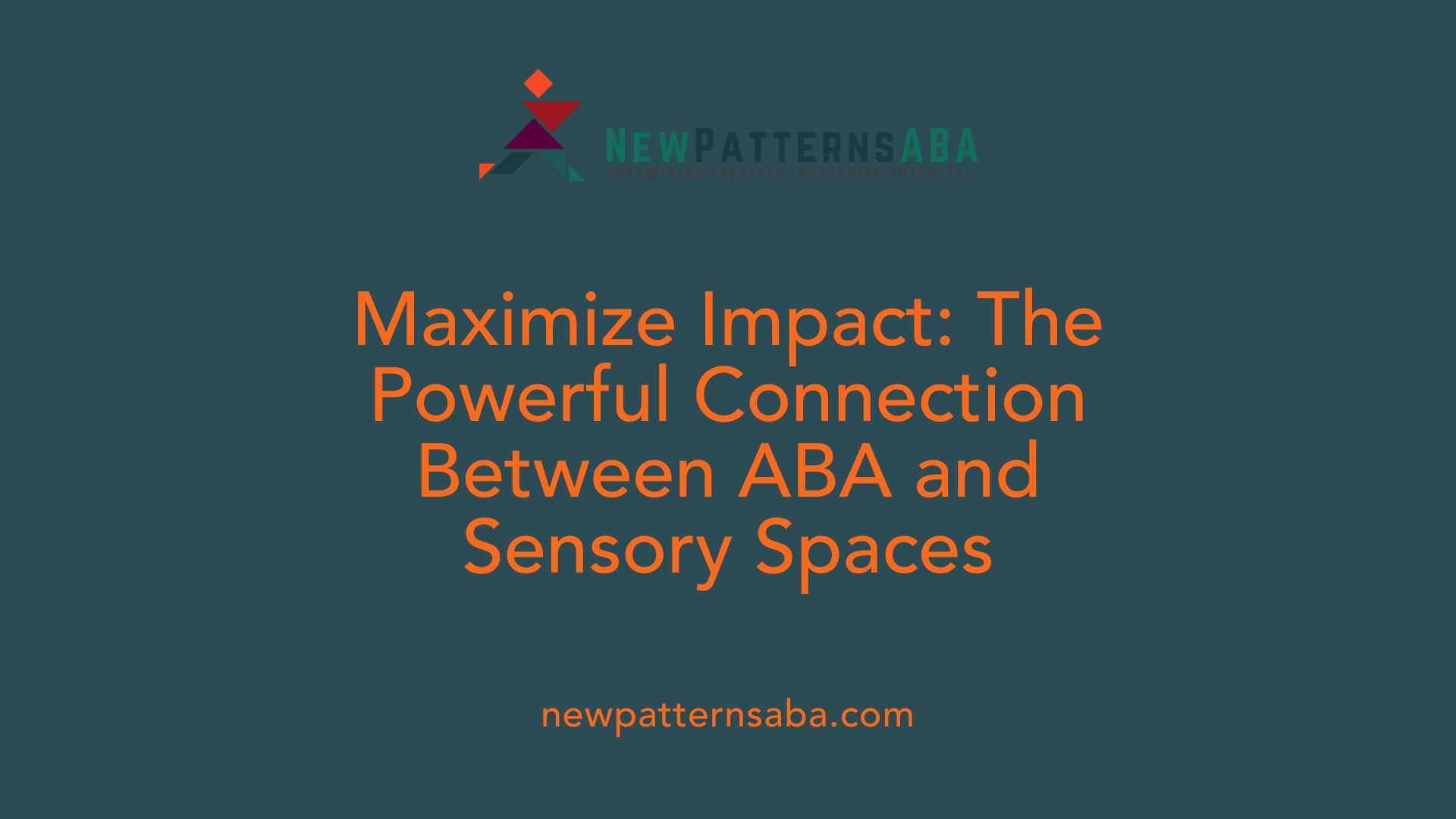
Complementing ABA with sensory support
Applied Behavior Analysis (ABA) therapy aims to help autistic children learn self-regulation, manage impulses, and develop coping strategies for sensory challenges. Sensory-friendly environments play a crucial role in complementing this therapy by providing spaces that reduce sensory overload. These environments create supportive settings where individuals with autism can practice skills learned in ABA more comfortably and effectively.
Enabling self-regulation and learning
Sensory-friendly classrooms and spaces offer tailored adjustments such as controlled lighting, sound reduction, and the inclusion of sensory tools like fidgets and noise-canceling headphones. These accommodations help children regulate their sensory input, which in turn supports attention and decreases disruptive behaviors. When paired with ABA techniques like visual cues and movement breaks, this synergy fosters improved learning outcomes and emotional management.
Importance of occupational therapy collaboration
Collaboration with occupational therapy practitioners is vital to ensure that sensory supports are evidence-based and properly integrated. Occupational therapists bring expertise in assessing individual sensory needs and guiding the design of sensory-friendly environments that align with therapeutic goals. This teamwork helps maintain consistency and carryover of strategies from therapy sessions into daily settings, maximizing benefits for children with autism.
Sensory-Friendly Features Beyond Schools: Community and Recreational Spaces
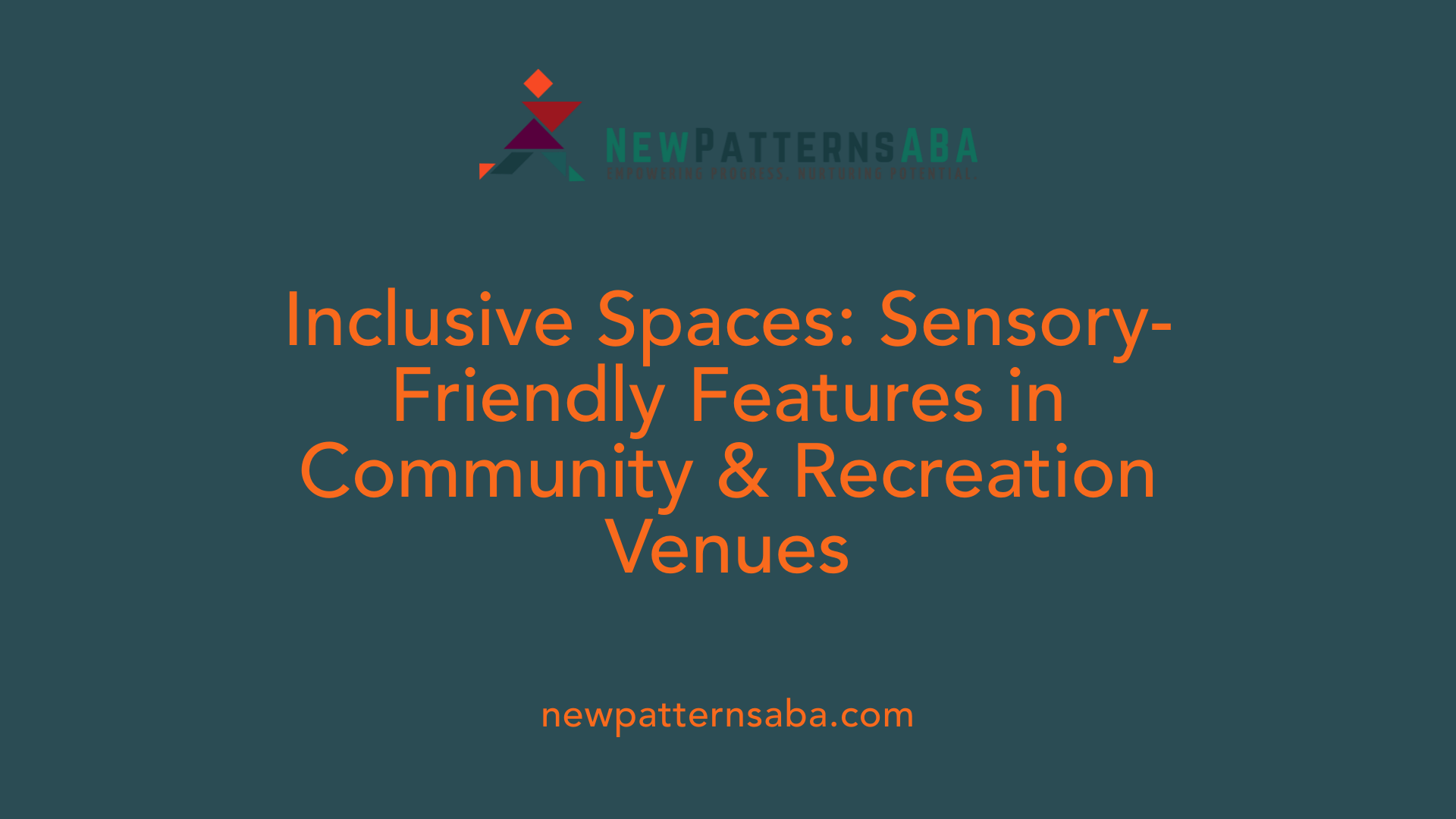
Sensory-friendly accommodations in public venues
Many community and recreational venues now incorporate sensory-friendly accommodations to better support individuals with sensory processing differences, including autistic children. These adjustments are designed to make public spaces more inclusive by modifying elements like lighting, noise, and crowd control, recognizing the sensory needs of visitors.
Quiet rooms and designated sensory areas
Places such as theme parks in Florida, including Disney World, Universal Studios, and LEGOLAND, have set examples by creating dedicated quiet rooms and designated sensory areas. These spaces offer visitors a retreat from overwhelming stimuli and allow them to decompress comfortably. Additionally, sensory-friendly shows and certified Autism Centers help foster an environment of acceptance and accessibility.
Supporting inclusion and comfort outside the classroom
Sensory-friendly community spaces complement the sensory accommodations and therapies children receive in educational settings. By providing controlled environments with sensory-friendly features, these venues encourage participation, reduce anxiety, and improve overall experiences for individuals with autism and other sensory processing challenges. This holistic approach promotes inclusion and ensures comfort beyond the classroom, supporting ongoing development and self-regulation in social and recreational contexts.
Building Sensory-Sensitive Learning Spaces for Lifelong Success
Creating autism-friendly learning spaces rich in sensory resources is vital for supporting the unique needs of autistic children and those with sensory processing differences. Evidence-based approaches like ABA therapy, combined with thoughtfully designed sensory environments—including Multi-Sensory Environments, sensory tools, and self-regulation curricula—offer powerful benefits. These targeted interventions reduce stress, increase focus, and bolster positive behaviors, enabling children to thrive academically and socially. Collaboration among educators, therapists, and families is essential to implement and sustain these supports. By investing in sensory-friendly classrooms and broader community accommodations, we can foster inclusive, empowering environments that nurture lifelong learning and well-being for individuals with autism.
References
- The use of Multi-Sensory Environments with autistic children
- Supporting Sensory Diversity: Building Inclusive Classrooms
- Sensory-Friendly Spaces: Amazing for Neurodivergent ...
- The effectiveness of applied behavior analysis program ...
- Applied Behavior Analysis (ABA)
- Applied Behavior Analysis (ABA)
- What Conditions Are Treated With ABA Therapy?
- Applied Behavior Analysis (ABA)
- Applied Behavior Analysis in Children and Youth with ...
- Applied Behavior Analysis (ABA)






